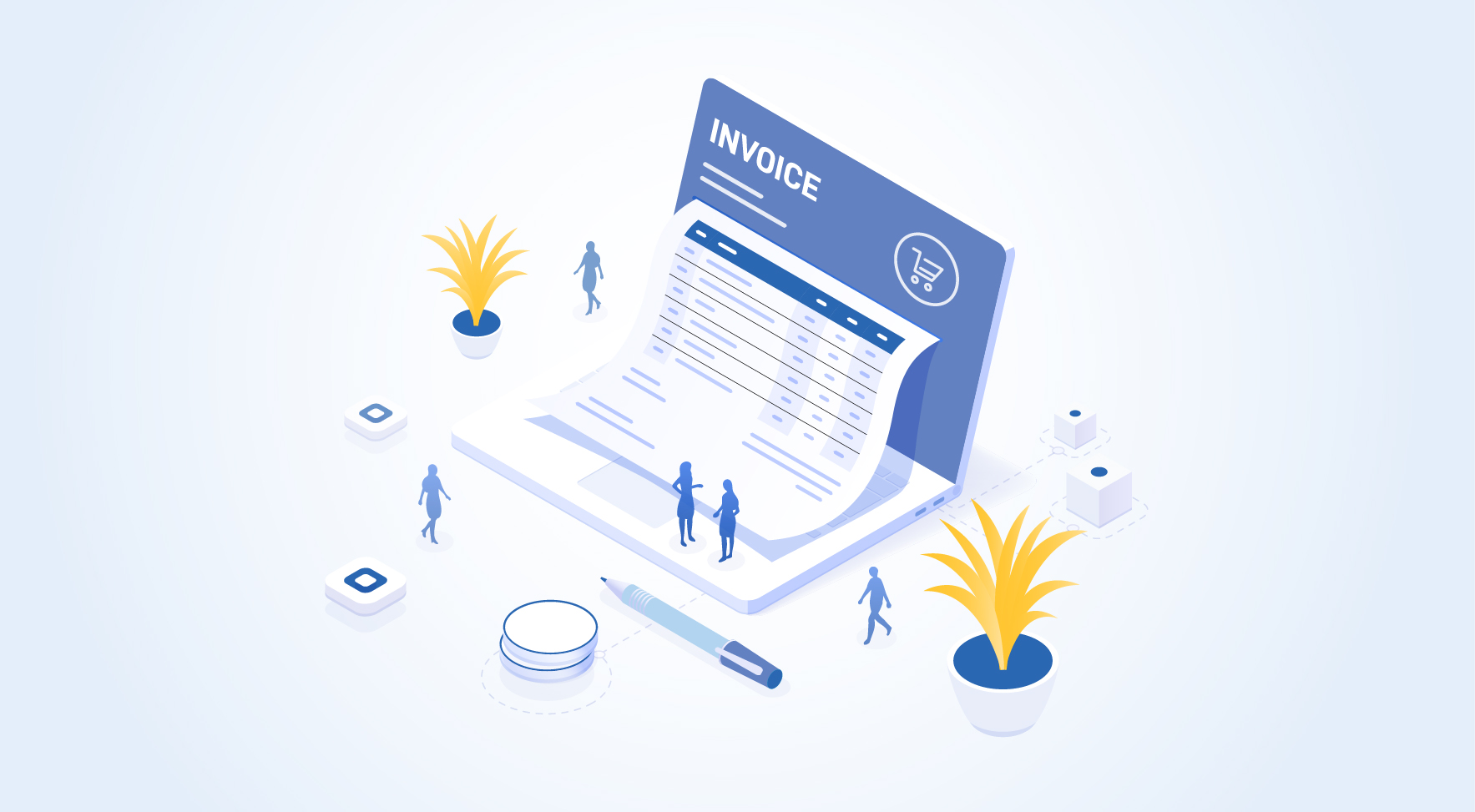Tally Solutions |Updated on: January 16, 2024
Managing your funds and cash flow is one of the most challenging things you'll encounter as a business owner. From predicting to budgeting, it's simple to become overwhelmed when attempting to keep track of everything. All these necessitate effective financial management for the development and profitability of your company.
Debtor Management is the most effective strategy for optimizing and improving business finance management. In this guide, we'll explore how debtor management helps business owners better manage their finances. The guide will also help you take charge of your money and make decisions leading to profitability and long-term success by putting this company finance pillar into practice.
| "Debtor Management: Optimizing Business Finances for Long-Term Success" |
Understanding debtor management
Debtor management is important in defining your company's financial health. Individuals or companies who owe money to your company, generally due to purchasing products or services on credit, are called debtors. Efficient debtor management helps maintain a consistent cash flow and ensures your company's success.
Debtor creditworthiness is an important component of debtor management. Factors such as their credit score and payment history decide this. A debtor's credit score represents their capacity to repay debts, whereas their payment history with your company determines their current credit position.
Trade debtors are debts owing to your company due to credit-based sales of goods or services. The primary purpose of credit management is to maximize sales while lowering credit-extension expenses. This equilibrium guarantees that your business's sales stay profitable and recoverable.

Every company develops its credit management strategy, specifying the time range for debtors to pay their bills. It is critical to strike the correct balance between offering lenient lending terms and guaranteeing timely repayments. A well-crafted debtor management strategy guarantees that sales stay strong and reduces the chance of non-payment.
It is not unusual when receivables turnover is low, but payment performance remains excellent. While customers will eventually pay off their outstanding obligations, it may take some time. Accounting software becomes helpful in such situations. It assists in the calculation of two critical metrics: receivable turnover in days, which evaluates how long it takes debtors to pay, and the customer's actual payment performance.
Benefits of tracking the payment performance of debtors
Imagine that you have several customers who owe you money. They're a vital component of your company, but it's not just about the sales; it's also about how they pay their bills. Let's take a closer look at why tracking payment performance is your secret sauce to business success.

Spotting customers who stick to deadlines
Have you ever played a game where everyone races against the clock? In the corporate world, the narrative is similar. Tracking payment performance lets you identify standout customers who meet and exceed deadlines. These people keep to the deadlines you set for them and always pay on time. And guess what? This isn't simply a victory for them; it's also a victory for you.
Customers who pay on time maintain their credit scores in good shape. Not only that, but it's like music to your business ears. Do you understand why? Because consistent, on-time payments mean a more consistent cash flow for you. It's like a well-choreographed dance, with each step precisely timed. And when payments flow in predictably, you can make better financial decisions and keep your business running smoothly.
Nudging late payers back on track
We've all got that one friend who is constantly late to a gathering. In the business world, some debtors perform this role. But don't worry; tracking payment performance allows you to shed light on individuals who are late. You're not playing the blame game; you're simply conducting a financial inquiry. It's a hero move for your company.
You may quickly intervene if a customer's payments take a leisurely walk rather than a sprint. You don't have time to sit around hoping they'll catch up - you have a business to manage! There are smart ways to deal with slow performance. You may entice them with a tempting bargain, such as a cash discount if they pay on time. It's as if you're nudging them in the correct path. If you're feeling very generous, provide some extra services or rewards for being a prompt payment. After all, you're not just doing business but also developing connections.
High-five for healthy relationships
Remember that it's not just about the statistics; it's also about the people. When you track how debtors pay, you're not playing financial detective for fun. Trust is more than simply a pleasant fuzzy feeling; it is also a business booster. When your debtors feel you're looking out for their best interests, they're more inclined to remain with you. You're establishing trust and demonstrating to your debtors that you're on the same page.
It can result in more loyal clients who recognize you as more than a faceless money machine. Furthermore, you are doing the same thing by measuring payment performance - providing a tailored experience to your debtors. When they realize you're paying attention to their spending patterns, it's like a digital wink that says, "You matter." And believe us when we say that type of attention is game-changing.
So keep in mind that business is a two-way street. Just like you trust your debtors to pay you back, they expect you to supply excellent goods or services. It's like striking the trust jackpot when you uphold your part of the contract. They understand you're not just seeking their money; you're here to make their life easier.
Final takeaways
Tracking debtor payment performance gives vital information into client payment trends, allowing you to manage cash flow more effectively. You may identify chronic late payers, follow up personally to address timeframes, and make educated credit decisions during negotiations by tracking when clients pay. While manually tracking debtor payments is time-consuming, software such as Tally Solutions automates the process with real-time tracking and reminders. Tally's accounting software provides a quick overview of debtor performance, allowing you to decrease risk, boost collections, and keep cash flowing freely. Are you ready to transform your financial journey? Discover Tally Solutions' magic now! Click here to learn more and begin a new age of financial prosperity.
Latest Blogs

Key Highlights for MSMEs from Union Budget 2024

Vulnerability Assessment and Penetration Testing: Essential for Organizational Security Beyond Compliance

GST e-Invoice Mandate: Including 6-Digit HSN for Wholesale Tax

TallyPrime on AWS – The Best Cloud Accounting Software

Top Causes of GST Notices Demystified

e-Invoicing and Cash Flow Management Strategies to Optimize Financial Processes


